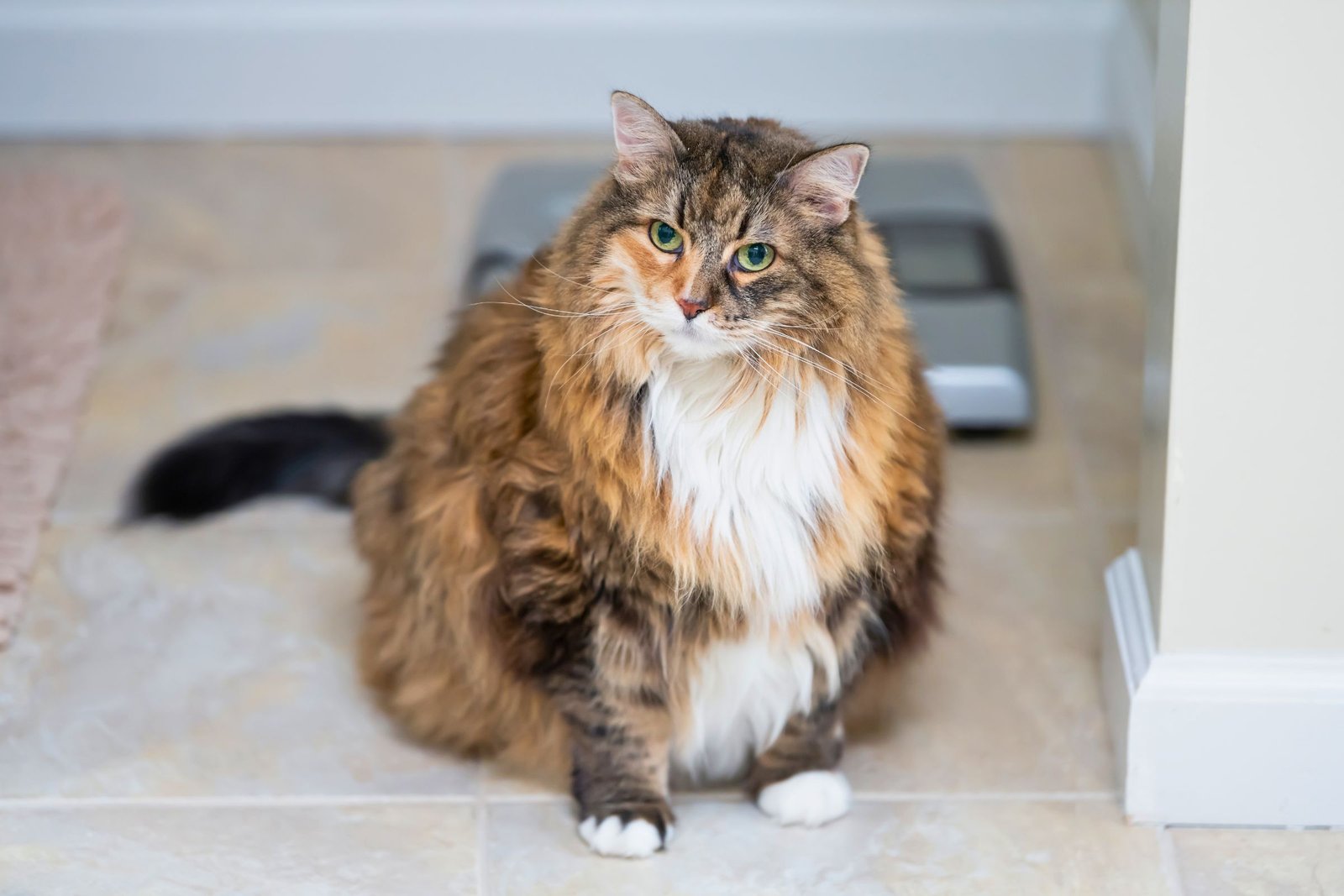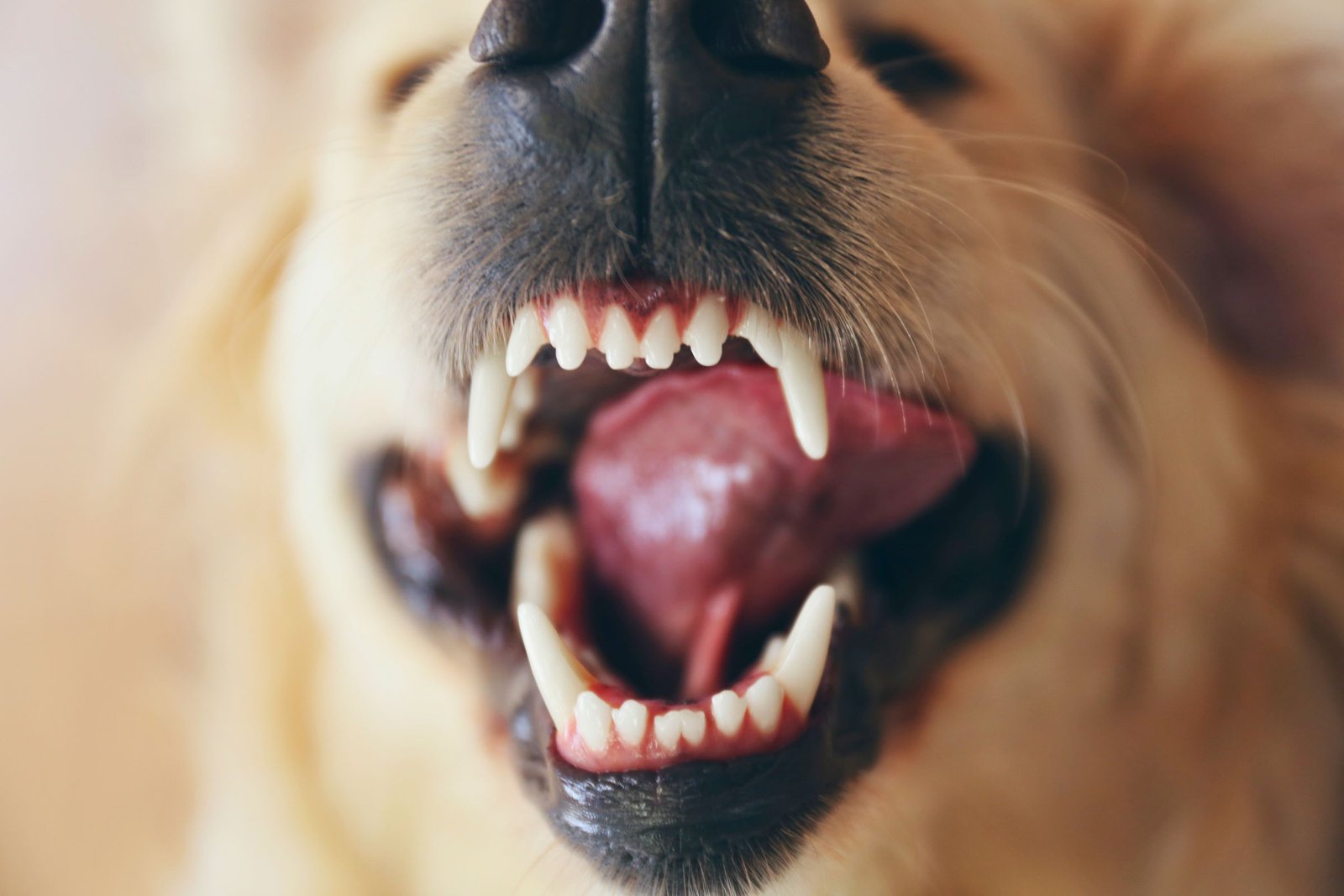Joint Strain and Pain: Unmasking the Weighty Burden on Feline Mobility
The agile and graceful movements of cats are a testament to their well-adapted skeletal structure. However, the consequences of excess weight can compromise this natural elegance, subjecting cats to joint strain and pain that extend far beyond a mere inconvenience.
Burden on Delicate Joints
Carrying excess weight places an undue burden on a cat’s delicate joints, particularly those in the limbs and spine. The added stress on these weight-bearing joints can result in accelerated wear and tear, leading to joint strain and, eventually, more severe conditions.
Arthritis: A Silent Consequence
One of the most prevalent consequences of obesity in cats is the development of arthritis. The inflammation of joints, characterized by pain, stiffness, and reduced flexibility, becomes a common ailment in overweight felines. Arthritis not only compromises a cat’s overall mobility but also introduces chronic discomfort into their daily lives.
Restricted Range of Motion
Cats are renowned for their ability to contort their bodies and move with unparalleled agility. However, excess weight can curtail this range of motion, limiting a cat’s ability to stretch, jump, and engage in other essential physical activities. The resulting restricted mobility can have cascading effects on the cat’s overall well-being.
Increased Risk of Joint Injuries
Overweight cats face an elevated risk of joint injuries due to the added stress on their skeletal structure. Ligaments and tendons may become strained, making cats more susceptible to injuries that can further exacerbate joint pain and hinder their mobility.
Impact on Spinal Health
The spine, a crucial component of a cat’s skeletal system, is not immune to the consequences of excess weight. Obesity can lead to spinal misalignment and increased pressure on intervertebral discs, contributing to conditions that cause pain and compromise the cat’s ability to move comfortably.
Chronic Pain and Discomfort
Joint strain and pain associated with obesity introduce chronic discomfort into a cat’s life. Unlike acute injuries that may heal with time, chronic pain can persist, affecting the cat’s overall mood, behavior, and engagement in daily activities.
Diminished Physical Activity
Cats, by nature, are playful and active. However, joint strain and pain resulting from obesity can lead to a reduction in physical activity. This sedentary lifestyle further exacerbates weight-related issues, creating a cycle that can be challenging to break.
Need for Pain Management
Managing pain becomes a crucial aspect of caring for an overweight cat with joint issues. Veterinary intervention may involve pain relief medications, joint supplements, and lifestyle adjustments to alleviate discomfort and improve the cat’s overall quality of life.
In conclusion, the consequences of joint strain and pain due to obesity extend far beyond the physical realm. They impact a cat’s emotional well-being, behavior, and overall engagement with the world. Cat owners are urged to recognize the significance of maintaining a healthy weight to safeguard their feline companions from the silent suffering imposed by joint-related issues.








